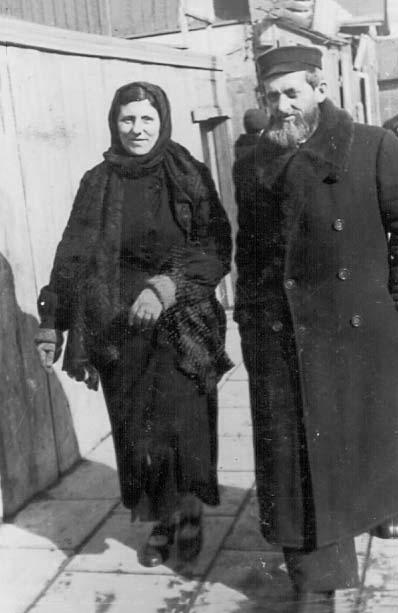On the eve of the Shavuot holiday, 21 May 1942, the first roundup of Jews in the Chełm ghetto took place. As a prelude to the roundup, the Germans had ordered the Judenrat to employ all able-bodied Jews in cleaning attics and cellars. This was intended to hinder Jews from hiding within the ghetto. During the two-day roundup, which lasted until 23 May, the Jewish Order Police collected some 3,000 Jews who were to be deported. The Jews were kept under guard in the shtiebel (prayer room) of the Belz Hassidim and the ghetto’s Beit Midrash (study hall), until the arrival of the Gestapo. One of the Jewish collaborators who aided the Germans in this roundup was known as the “Yiddischer Kommissar” (the Jewish Inspector). Upon entering the ghetto, the Germans charged the Jews with having committed “sabotage”, and according to reports in the Warsaw underground newspaper, murdered some 200 Jews on the spot. The remainder were deported to Sobibor. During this Aktion, some 4,300 Jews were deported to Sobibor, most of them local; others were Jews who had arrived in Chełm from Slovakia in a transport of 2,000 as the roundup was taking place. Even before the deportation to Sobibor, hundreds of the deportees from Slovakia were murdered in the ghetto. The deportations to Sobibor were undertaken as part of “Operation Reinhard”, the Nazi plan to annihilate the Jews of the Generalgouvernement, the area of central Poland governed by the German civil authorities.
Sunday to Thursday: 09:00-17:00
Fridays and Holiday eves: 09:00-14:00
Yad Vashem is closed on Saturdays and all Jewish Holidays.
Entrance to the Holocaust History Museum is not permitted for children under the age of 10. Babies in strollers or carriers will not be permitted to enter.









